The animal kingdom is home to some incredibly fast creatures, with the cheetah standing out as the Fastest Land Animals, reaching speeds of up to 70 mph (112 km/h). Known for its remarkable agility and explosive bursts of speed, the cheetah uses this advantage to chase down prey over short distances. Close behind is the pronghorn antelope, which, although slightly slower at 55 mph (88 km/h), boasts unmatched endurance, allowing it to maintain high speeds over longer distances. Other notable sprinters include the springbok, wildebeest, and lion, all capable of reaching 50 mph (80 km/h) in short sprints to either escape predators or hunt prey.
Beyond the top five, the blackbuck, greyhound, and African wild dog are all built for speed, reaching velocities between 44-50 mph. Greyhounds, often used in racing, are the fastest domestic dogs, while kangaroos, known for their powerful hind legs, can hit speeds of up to 44 mph when leaping across the Australian outback. Horses also make the list, with breeds like the Thoroughbred capable of reaching 40 mph. Together, these animals highlight the incredible adaptations that allow them to thrive in their respective environments, using speed to survive in the wild.
Top 10 Fastest Land Animals
1. Cheetah – 70 mph (112 km/h)
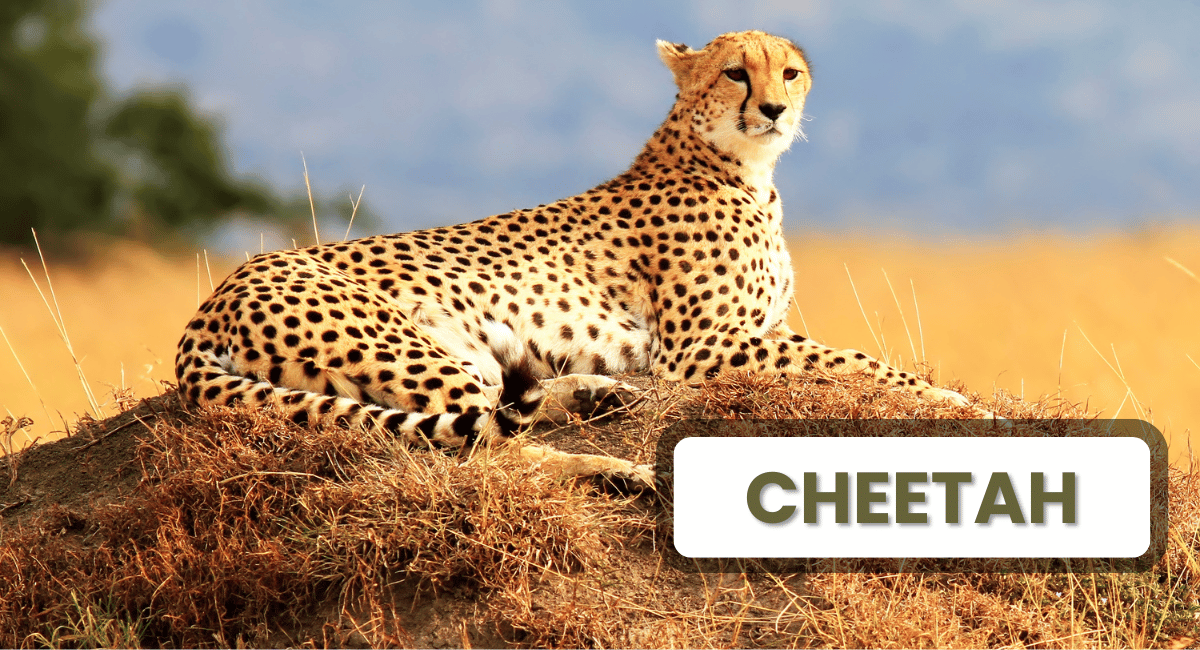
The cheetah holds the title as the Fastest Land Animals, capable of reaching speeds up to 70 mph (112 km/h). This remarkable big cat uses its incredible speed for short, high-intensity sprints when hunting prey, usually covering distances of 200-300 meters at top speed. Its slim, aerodynamic body, lightweight frame, and long, muscular legs allow the cheetah to accelerate rapidly, while its large nasal passages and lungs enable quick oxygen intake during these bursts. Unlike other big cats, cheetahs rely on their speed rather than brute strength to catch fast-moving prey such as gazelles and impalas.
However, the cheetah’s speed comes with limitations. It can only maintain its top speed for short durations, as sprinting at such high velocities rapidly overheats its body. After a chase, a cheetah requires significant recovery time to cool down and catch its breath. Native to African savannas and grasslands, cheetahs also face threats from habitat loss, human conflict, and competition with larger predators. Despite their incredible speed and hunting skills, these factors have contributed to their vulnerable conservation status, making them one of nature’s most fascinating yet endangered species.
2. Pronghorn Antelope – 55 mph (88 km/h)
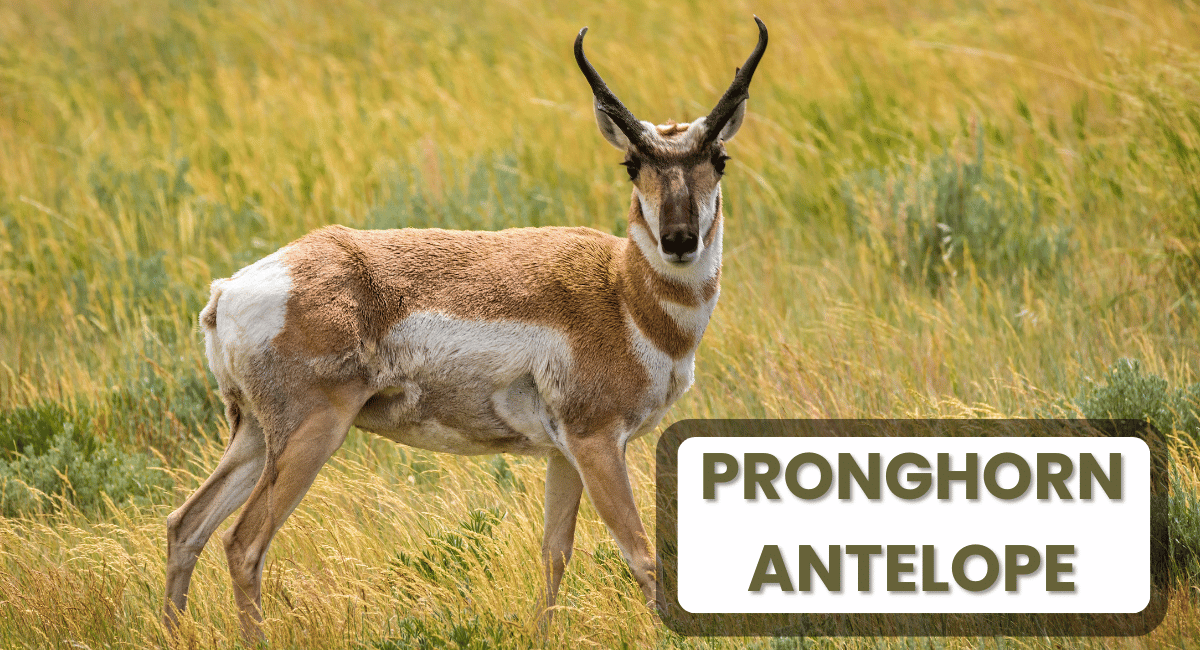
The pronghorn antelope, native to North America, is renowned as the second-fastest land animals in the world, capable of reaching speeds of up to 55 mph (88 km/h). While it may not outpace the cheetah in short sprints, the pronghorn’s true strength lies in its endurance. Unlike other fast animals, the pronghorn can maintain high speeds for much longer distances, making it an exceptional long-distance runner. This incredible stamina helps it survive in the vast open plains, where it uses its speed to escape predators like coyotes and wolves.
The pronghorn’s unique adaptations contribute to its remarkable speed. It has an efficient respiratory system, with large lungs and heart, allowing it to take in more oxygen while running. Its lightweight, muscular body, combined with specially designed hooves, enables it to cover vast areas quickly. These features make the pronghorn not only a speedster but also a resilient animal capable of thriving in some of North America’s harshest environments.
3. Springbok – 55 mph (88 km/h)
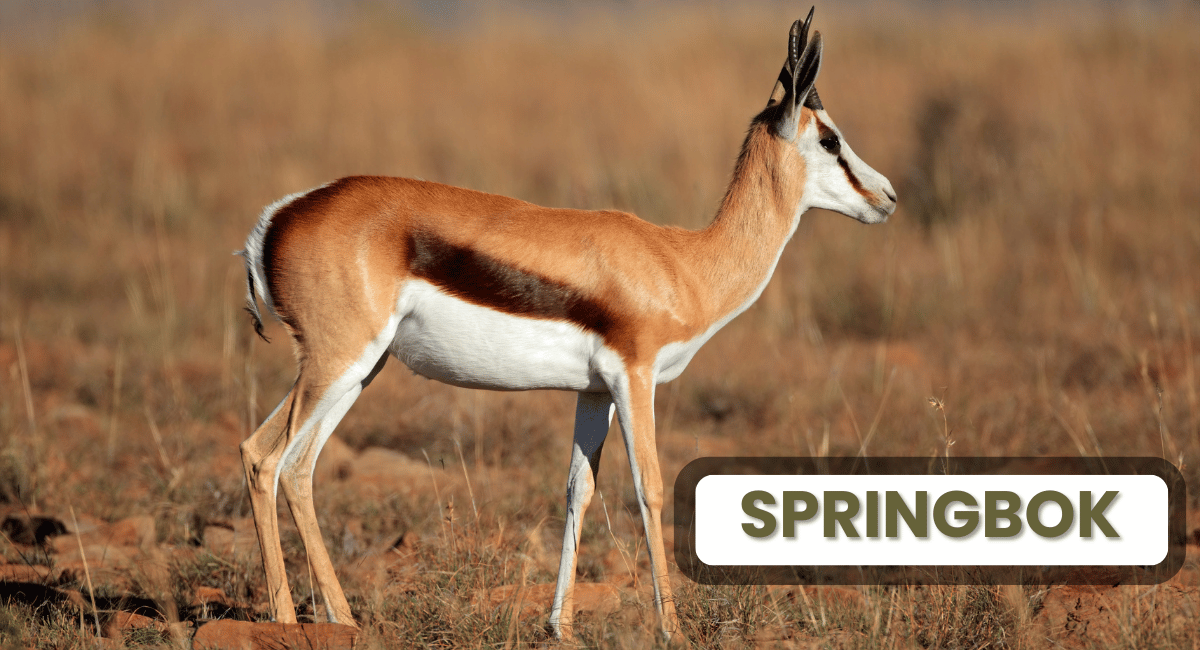
The springbok, native to southern Africa, is one of the fastest land animals, capable of reaching speeds of up to 55 mph (88 km/h). This remarkable antelope is known not only for its speed but also for its unique jumping behavior called “pronking,” where it leaps high into the air in graceful, arching bounds. This agility helps the springbok evade predators like cheetahs and lions in the open plains. Its lightweight body, powerful legs, and strong muscles are all perfectly adapted for speed and quick movements, allowing it to dart away from danger in mere seconds.
In addition to its incredible speed, the springbok is a highly adaptable animal, thriving in the arid regions of Africa where food and water can be scarce. They can survive without drinking water for long periods, relying on the moisture from the vegetation they consume. During times of drought, the springbok’s ability to travel quickly in search of better grazing areas is crucial to its survival. These factors make the springbok not only one of the fastest animals but also one of the most resilient in its harsh environment.
4. Wildebeest – 50 mph (80 km/h)
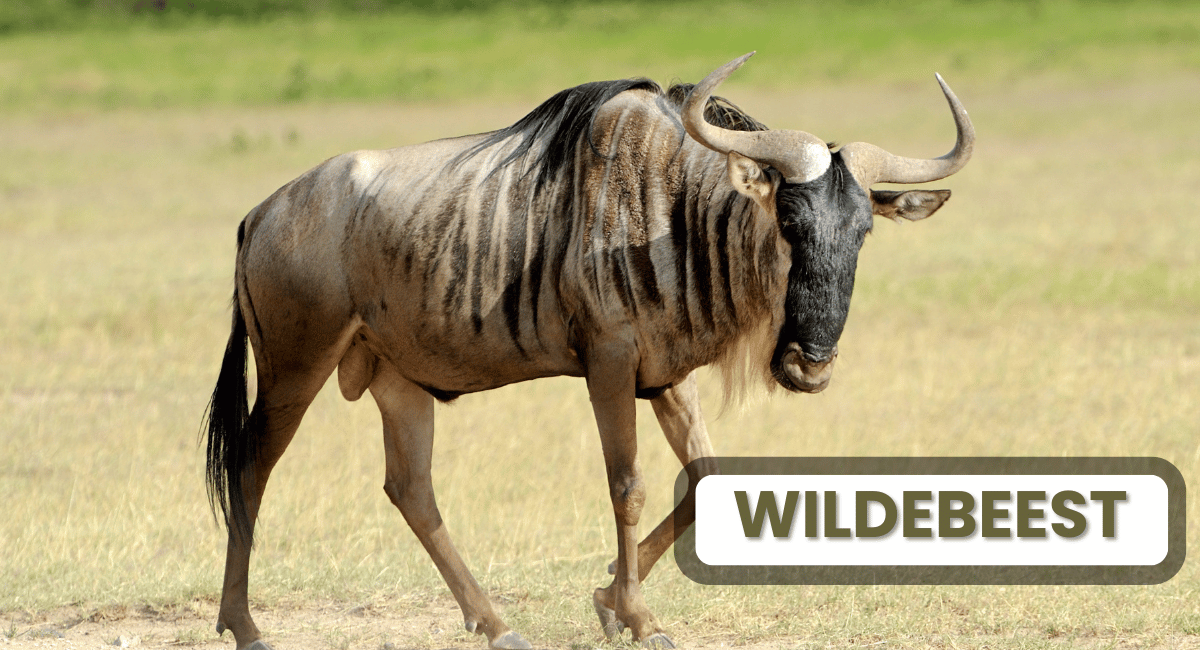
The wildebeest, also known as the gnu, is one of Africa’s most recognizable Fastest Land Animals, famed for its incredible speed and resilience. These large herbivores, which can reach speeds of up to 50 mph (80 km/h), rely on their swift movements to escape predators like lions, cheetahs, and hyenas. Found predominantly in the savannas and grasslands of Africa, particularly during the great migration, wildebeests travel in massive herds in search of fresh grazing areas. Their speed, combined with their stamina, allows them to cover long distances while evading potential threats in the wild.
In addition to their speed, wildebeests possess strong, muscular builds that help them navigate rough terrain. Their long legs and sturdy hooves are adapted for running across plains, and when threatened, they can quickly dash away in short bursts. The collective movement of herds, especially during the migration, makes it harder for predators to target an individual wildebeest, giving them an added advantage for survival. Their impressive speed and strategic behaviors play a crucial role in their ability to thrive in the wild, despite living in predator-rich environments.
5. Lion – 50 mph (80 km/h)
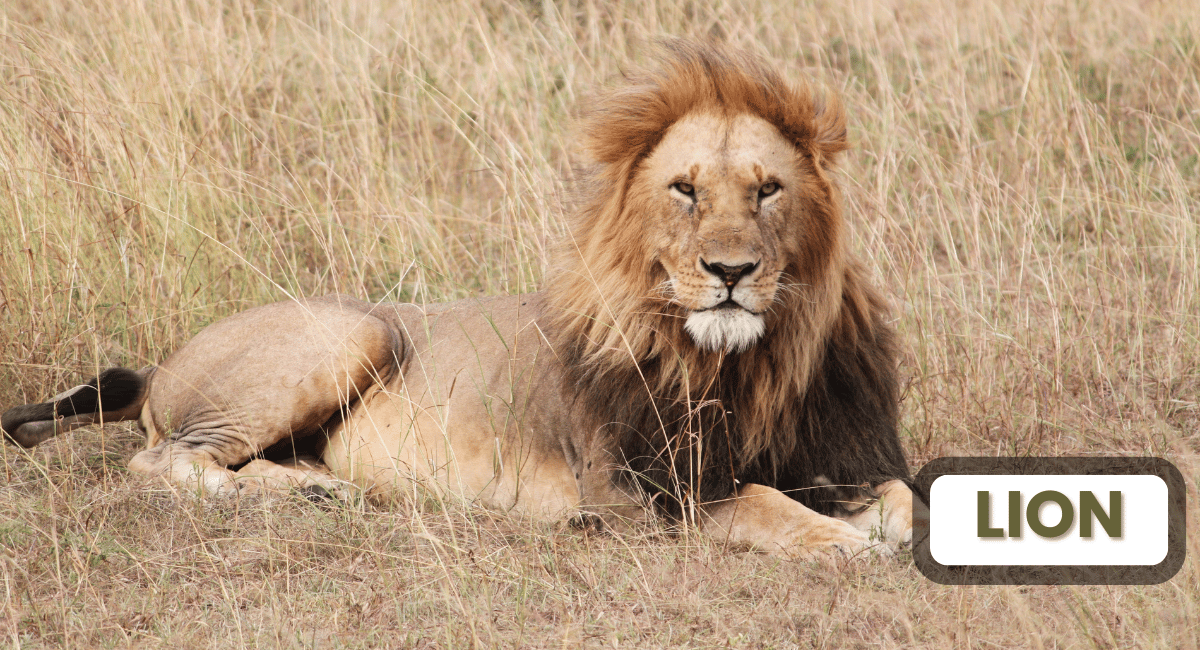
The lion, often dubbed the “king of the jungle,” is one of the most powerful and formidable predators in the animal kingdom. Capable of reaching speeds of up to 50 mph (80 km/h), lions rely on their explosive power and agility to hunt their prey. However, they can only maintain these high speeds for short distances, making them stealthy stalkers who prefer to get close to their target before initiating a chase. With their muscular build and sharp reflexes, lions typically hunt in prides, using a combination of speed, strategy, and teamwork to take down larger animals such as zebras and wildebeests.
Despite their impressive speed, lions are not built for endurance, and a failed chase can quickly exhaust them. Their hunting success often depends on surprise attacks and coordinating with other pride members to corner their prey. Lions also play a critical role in the ecosystem as apex predators, helping to regulate populations of herbivores and maintaining the balance of their habitat. Their speed, strength, and hunting prowess make them one of the most respected and feared animals in the wild.
6. Blackbuck – 50 mph (80 km/h)
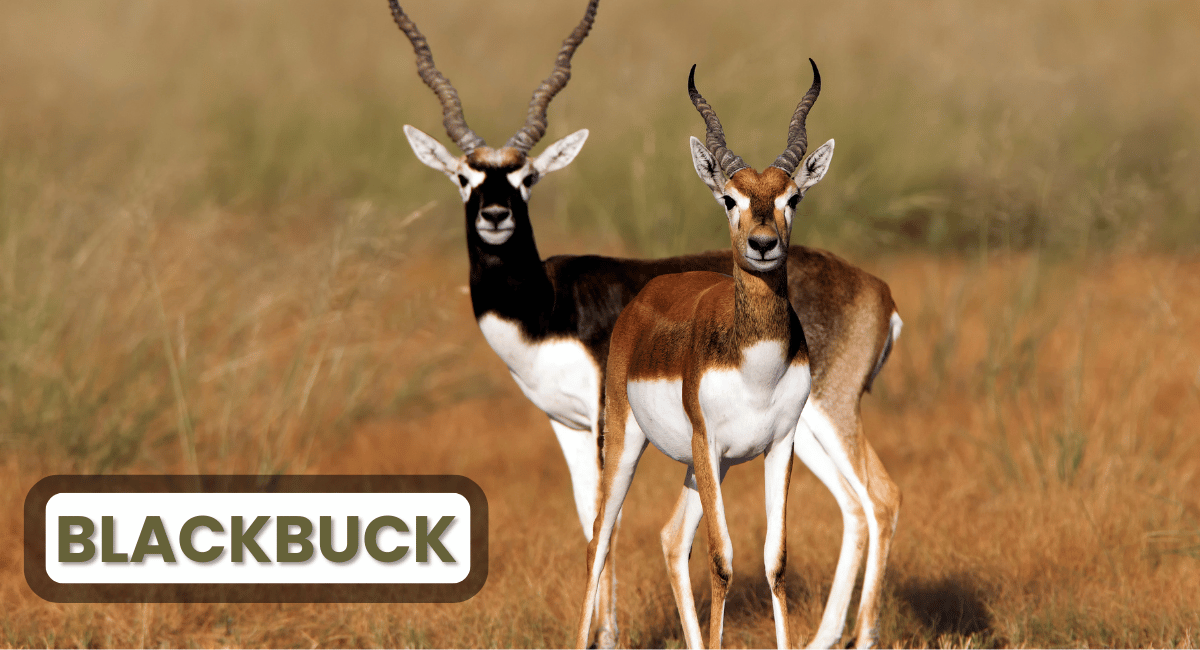
The blackbuck is a graceful antelope native to the Indian subcontinent, renowned for its incredible speed. Capable of reaching speeds of up to 50 mph (80 km/h), the blackbuck is one of the fastest land animals in the region. Its agility and swift movements allow it to escape predators like leopards and wild dogs with ease. The sleek body, long legs, and strong muscles of the blackbuck are perfectly adapted for running across the open plains, where they can often be seen in large herds.
Aside from their remarkable speed, blackbucks are also known for their striking appearance. Males have long, twisted horns and dark coats, while females and young blackbucks have lighter, tan-colored fur. The species is herbivorous, feeding primarily on grasses, and their speed helps them navigate vast areas in search of food and water. Unfortunately, due to habitat loss and hunting, blackbuck populations have declined, though conservation efforts are helping to protect these magnificent animals in their natural habitats.
7. Greyhound – 45 mph (72 km/h)
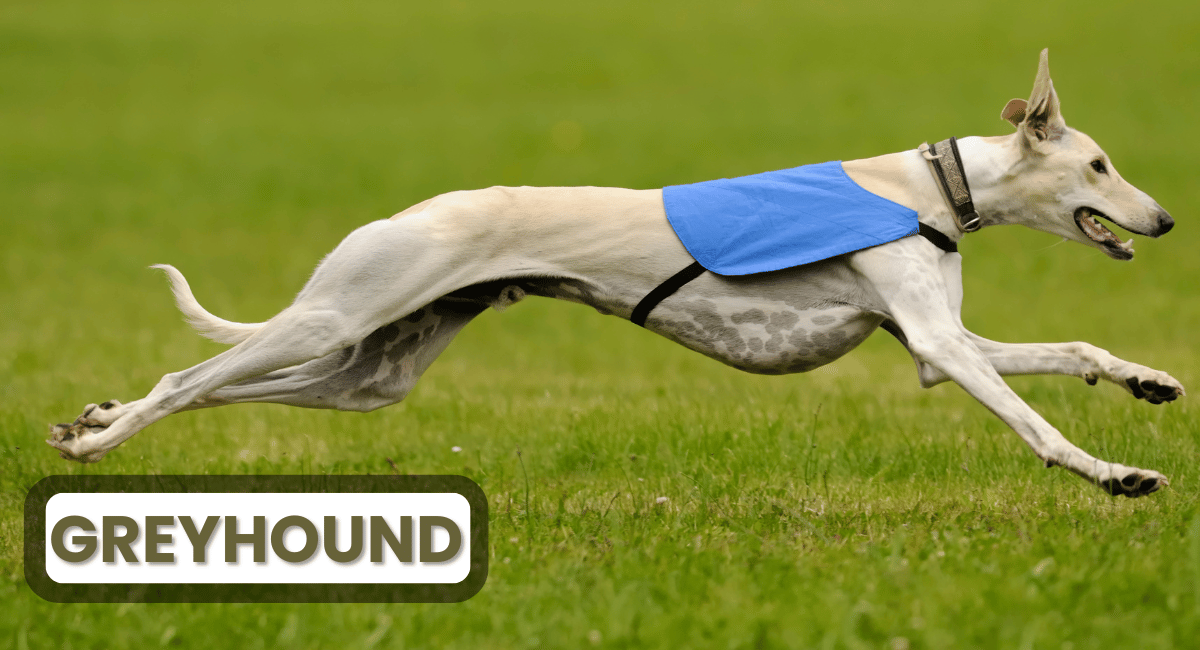
The Greyhound is renowned for being the Fastest Land Animals breed of domestic dog, capable of reaching impressive speeds of up to 45 mph (72 km/h). This sleek and agile breed has a unique body structure that supports its remarkable speed. With long legs, a streamlined build, and powerful muscles, the Greyhound is designed for sprinting. Their flexible spine allows them to cover long distances with each stride, making them perfect for high-speed chases. Historically, Greyhounds have been used in hunting and racing due to their exceptional ability to catch fast-moving prey and cover large areas quickly.
What makes Greyhounds truly unique is their combination of speed and grace. Despite their high-speed capabilities, Greyhounds are known for being calm and gentle dogs when not in motion. Their energy is well-balanced, allowing them to sprint in short bursts but also relax and enjoy downtime. In racing, Greyhounds showcase their full potential, but as pets, they are known for being affectionate and quiet companions. Their speed is an example of how evolution has shaped their bodies to become one of the most efficient runners in the animal kingdom.
8. African Wild Dog – 44 mph (71 km/h)

The African wild dog, also known as the painted wolf, is one of the continent’s most remarkable and efficient hunters. Known for their striking coats adorned with patches of brown, black, and white, these social animals thrive in packs that typically range from two to twenty members. Their unique social structure and cooperative hunting strategies enable them to chase prey over long distances, reaching speeds of up to 44 mph (71 km/h). This speed is not just about sheer velocity; African wild dogs are also known for their incredible endurance, allowing them to maintain high speeds longer than many of their prey. This stamina is crucial when hunting animals like antelopes, which can be elusive and quick.
Despite their impressive hunting abilities, African wild dogs face significant challenges in the wild. They are considered Dangerous Dog Breeds who endangered due to habitat loss, human-wildlife conflict, and competition with larger predators like lions and hyenas. Conservation efforts are crucial to protect their habitats and ensure their survival. These remarkable creatures play a vital role in their ecosystem, helping to maintain the balance by keeping herbivore populations in check. By raising awareness and supporting conservation initiatives, we can help secure a future for the African wild dog and the diverse wildlife that shares its habitat.
9. Kangaroo – 44 mph (71 km/h)
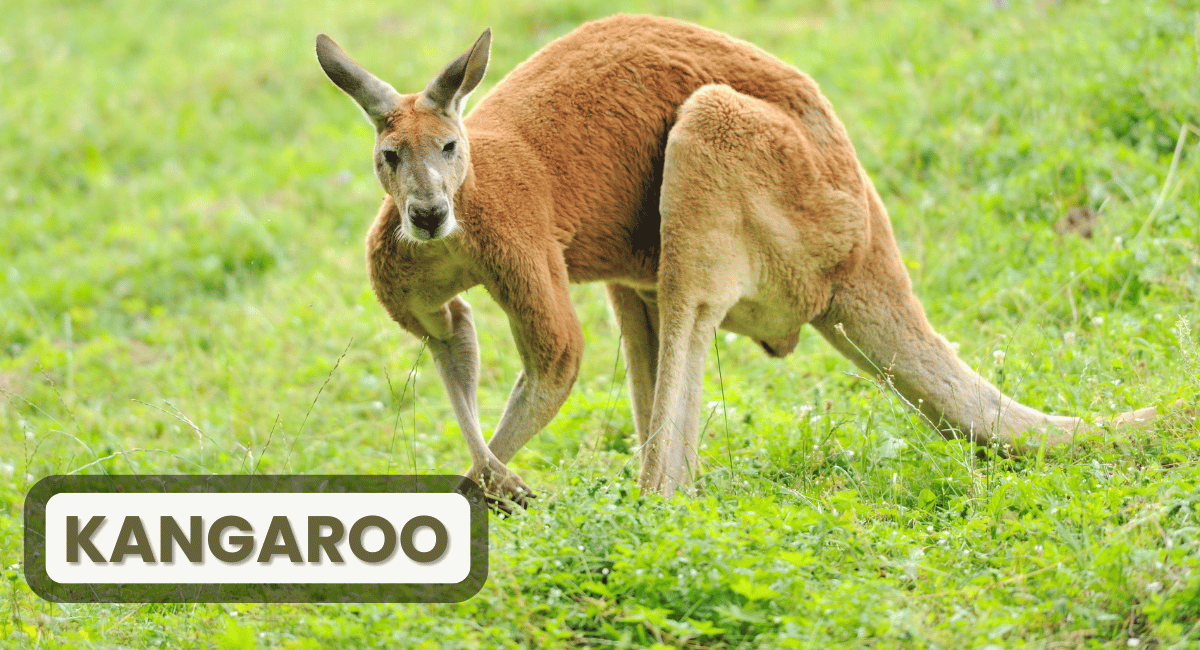
The kangaroo, an iconic symbol of Australia, is renowned for its remarkable speed and unique method of locomotion. Capable of reaching speeds of up to 44 mph (71 km/h), kangaroos are the fastest land animals in their native habitat. They have powerful hind legs, which allow them to cover large distances in a single bound. This incredible agility is not just for show; it plays a crucial role in their survival, enabling them to escape predators like dingoes and eagles. Kangaroos are also well adapted to their environment, utilizing their strong tails for balance while hopping, and their large feet to navigate the varied terrain of the Australian outback.
Kangaroos are social animals, often seen in groups called mobs, which provide safety in numbers. They are herbivores, primarily feeding on grasses and leaves, and their unique digestive system allows them to efficiently break down tough plant material. Interestingly, kangaroos are most active during dawn and dusk, a behavior known as crepuscular activity, which helps them avoid the heat of the day and potential predators. Their impressive speed, combined with their social structure and adaptability to their environment, makes kangaroos fascinating creatures that embody the spirit of the Australian wilderness.
10. Horse – 40 mph (64 km/h)
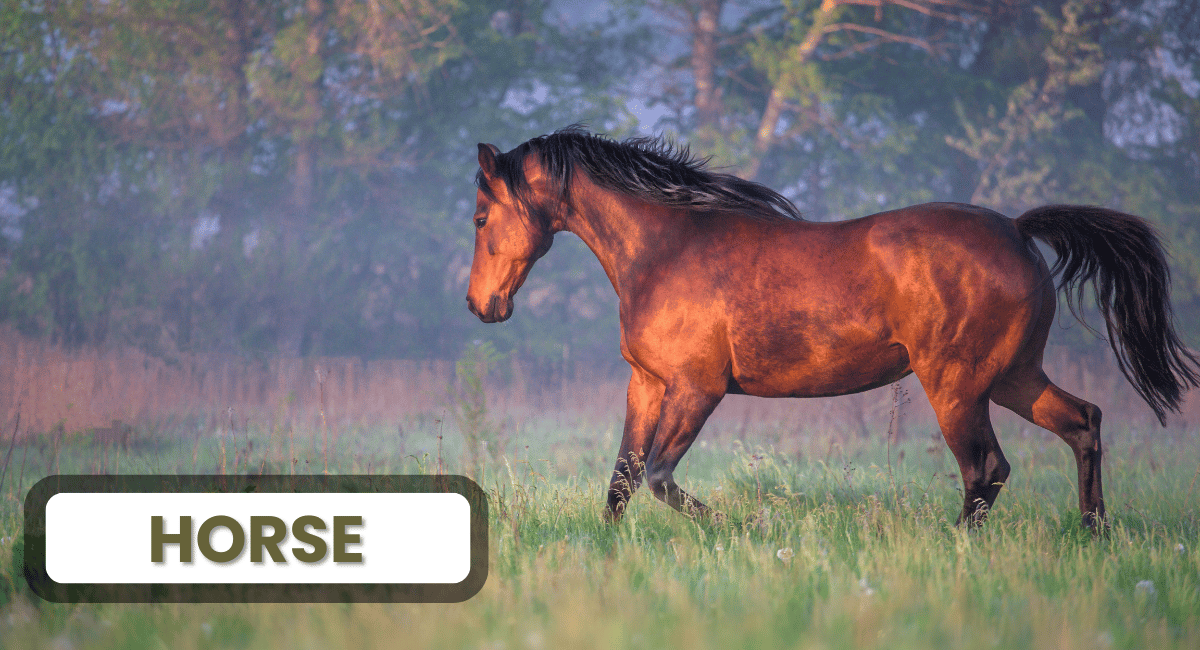
Horses are among the fastest land animals, capable of reaching speeds of up to 40 mph (64 km/h). This remarkable speed is largely attributed to their powerful musculature, long legs, and unique skeletal structure, which allows for efficient movement. Different breeds of horses exhibit varying speeds, with Thoroughbreds being particularly known for their racing capabilities. These majestic animals have been bred for speed and endurance for centuries, making them popular choices for competitive sports, including horse racing, show jumping, and eventing.
In addition to their speed, horses are also known for their stamina and agility, which enable them to sustain high speeds over longer distances compared to many other animals. Their natural instinct to run from predators has also shaped their development into fast runners. Moreover, horses have a deep bond with humans, often serving as companions, work animals, and athletes. Their incredible speed and versatility not only make them fascinating creatures but also highlight the long-standing relationship between humans and horses throughout history.



